How to install Fedora 30 in 10 easy steps
Fedora 30 is 2019 first release of developers’ favorite operating system, and it also may be one of the last ones before IBM acquires Red Hat. Packing cutting-edge features and pushing forward the whole Linux ecosystem...

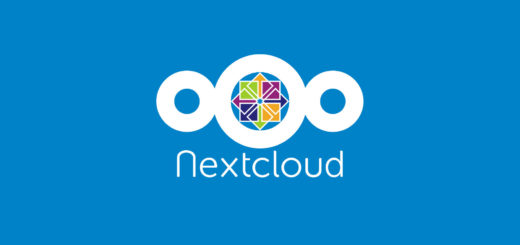
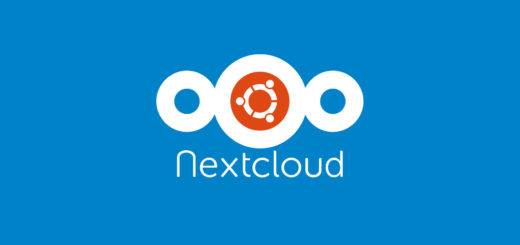
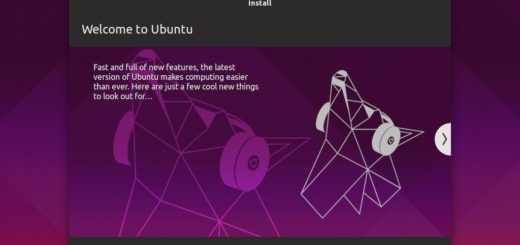
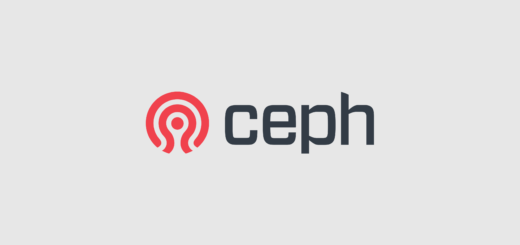
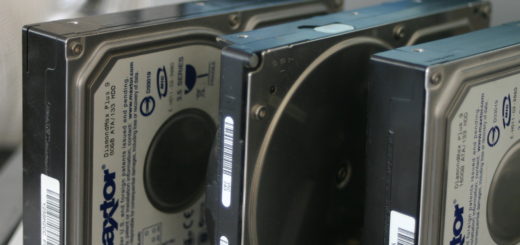







Recent Comments